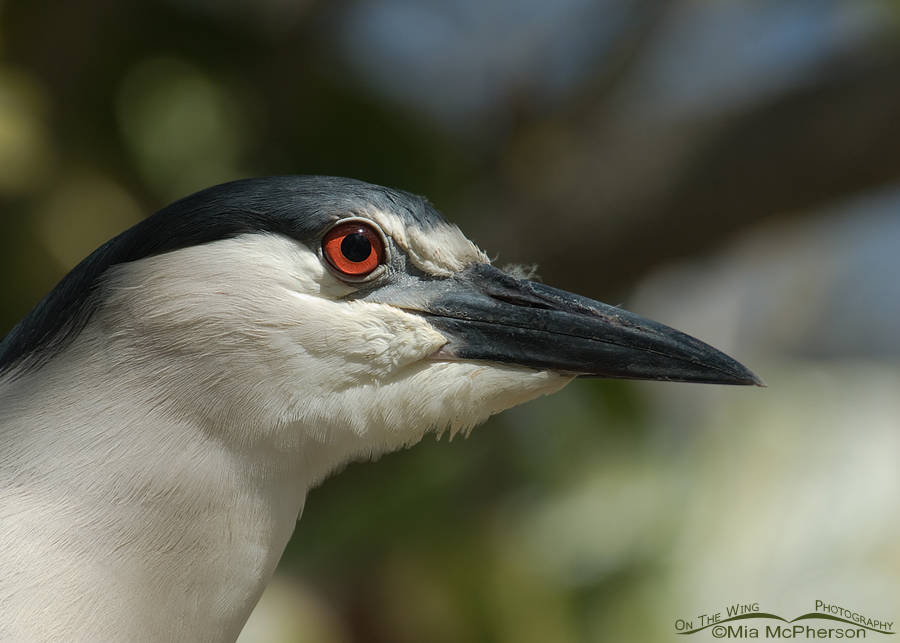 Black-crowned Night Heron portrait – D200, handheld, f7.1, 1/320, ISO 160, 80-400mm VR at 400mm, natural light, not baited
Black-crowned Night Heron portrait – D200, handheld, f7.1, 1/320, ISO 160, 80-400mm VR at 400mm, natural light, not baited
Since I moved to Utah I have never been able to get as close to Black-crowned Night Herons like I was able to approach this bird in Florida. We have them here. I’ve photographed them but because they are not as habituated to people in Utah they are far more difficult to approach without flushing the herons.
This Black-crowned Night Heron was roosting on a mangrove branch in a small rookery near a seabird sanctuary on the Gulf coast. Because the birds there are used to people I was able to get close enough to this heron to create some nice portraits of it.
Black-crowned Night Herons are common and widespread throughout North America and are usually the most active at night. They feed on fish, crustaceans, mollusks, insects and being opportunistic they also feed on the eggs and chicks of colonial nesting birds. Pretty convenient since they are also colonial nesters.
I find Black-crowned Night Herons to be very photogenic though because of the contrasts between the whites, darks and the beautiful red eye that they can be a challenge to expose properly.
I sure love the great view of this Black-crowned Heron’s eye.
Life is good.
Mia
Click here to see more of my Black-crowned Night Heron photos plus facts and information about this species.


I’ve always enjoyed this species. In NJ they were in good numbers but I seldom was able to get close to one – perhaps because the habitat was so extensive they had no need to allow close approach. Here in AZ I see them in fewer places, but when I do they are more concentrated and easier to get within photo distance.
They are interesting subjects, and about the smallest bird I think looks good as a head-and-shoulders portrait as you’ve presented here. I like bringing out the texture of the beak and love the red eye.
Stunning clear and vibrant portrait Mia.